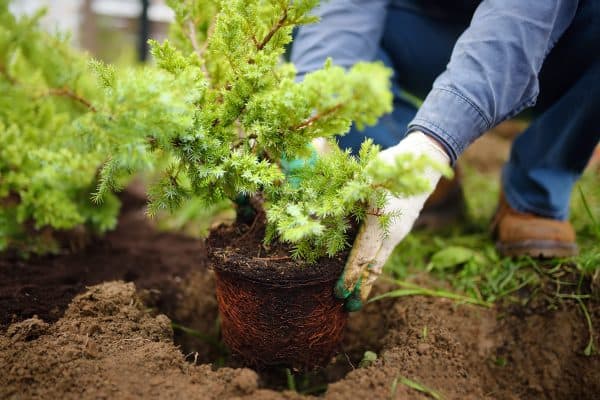Plant hardiness is one of the essential things to consider when determining which plants go into your landscape. This will ensure that the plants are compatible with your garden and that you will fully reap all their qualities and benefits.
Having foundation plants will effectively conceal your house's foundation and possible imperfections. Let's discuss what plants will be ideal for you in your location.
Here are 11 west-facing foundation plants that are compatible with USDA Zone 5:
- Little Boxwood
- Catmint
- Hosta
- Phlox
- Ornamental Onion
- Juniper
- Tulips
- Smooth Hydrangea
- True Geranium
- Switchgrass
- False Cypress
Knowing these plants will give you an idea of which might work best for your landscape, whether they will aesthetically blend with your home and hardscapes, and how they might look facing west.
Learning how to maintain them is also important so you won't have to deal with dying plants. Keep reading below to learn more about these west-facing foundation plants.
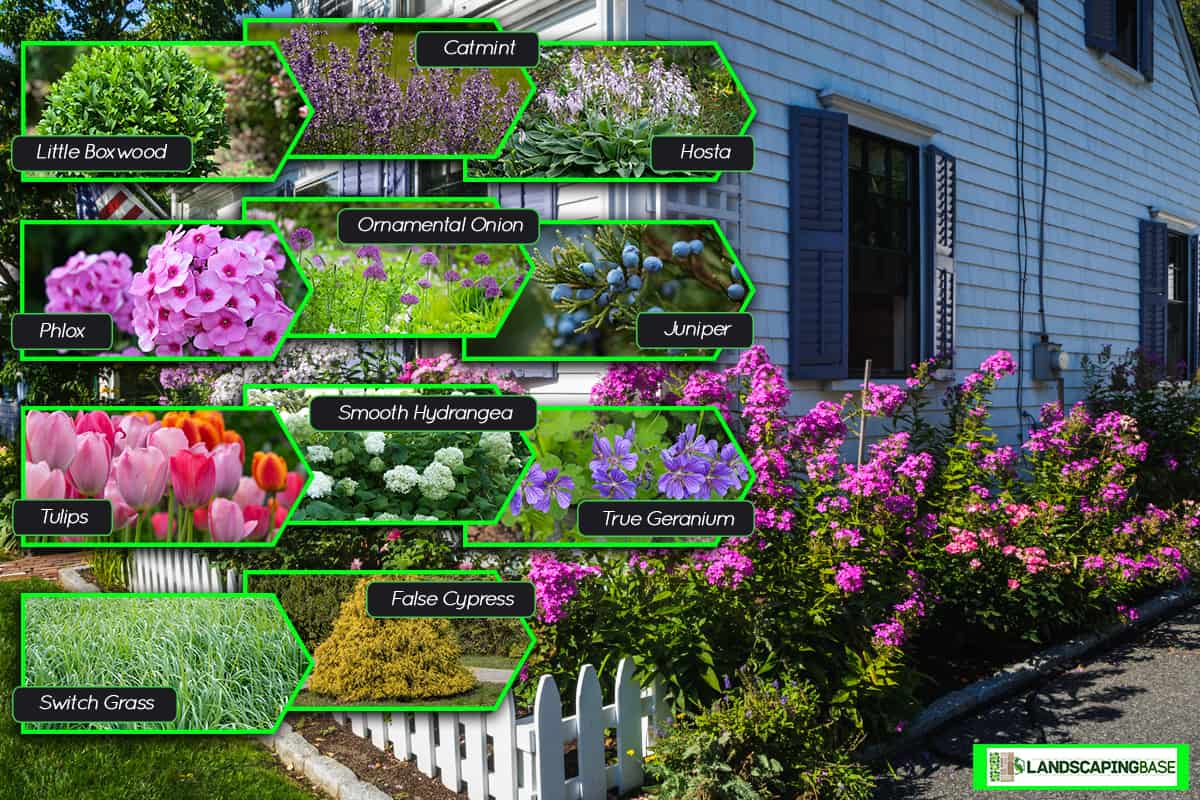
11 West Facing Foundation Plants For Zone 5
Foundation plants will be able to enhance your curb appeal since they can hide structural imperfections and add a pop of color to an otherwise plain base.
West-facing landscapes can make it easier to create a cool, shaded space where you can take a break from the scorching afternoon sun. Plants that thrive under full sunlight will get it during the afternoon, yet the sunlight wouldn't be so harsh, so it's still good for most plants.
We have collected foundation plants compatible with USDA Zone 5 and will thrive on west-facing landscapes.
Check out this post for a related topic: "How To Plant Flowers In Rock Landscaping."
1. Little Boxwood
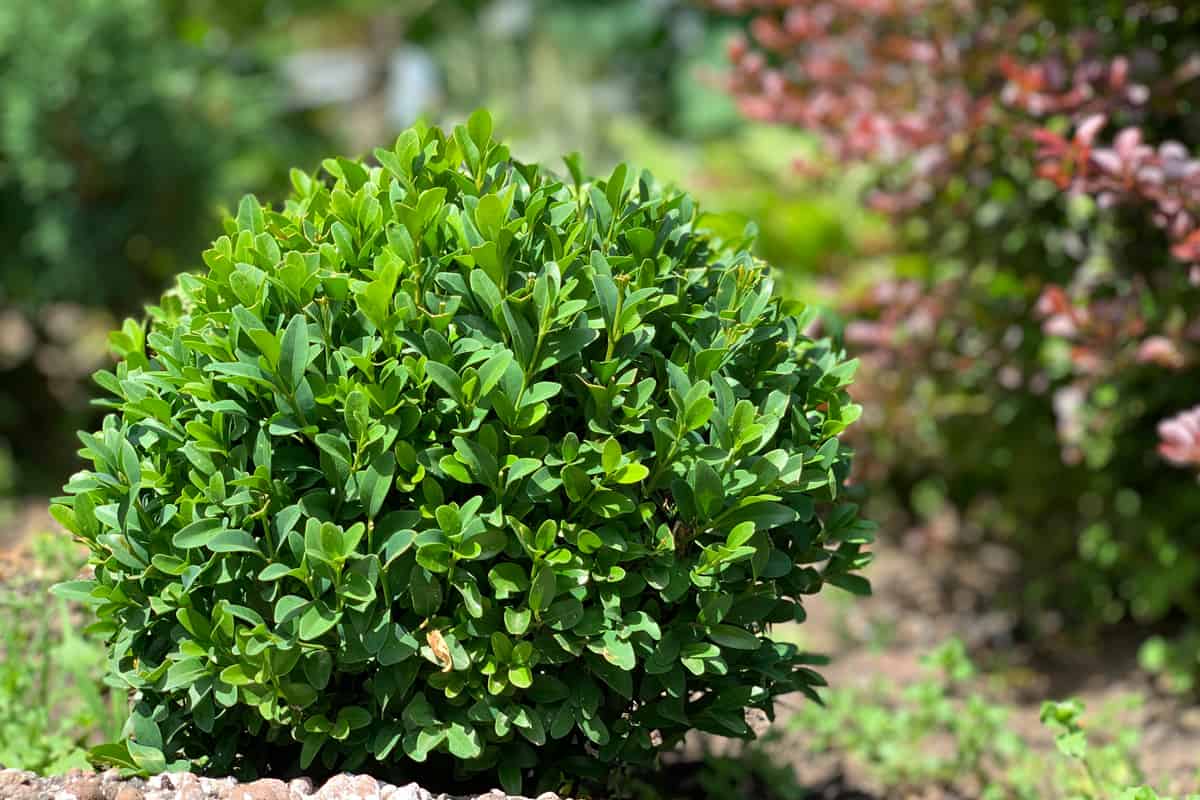
Little boxwood plants have dark green foliage that will add depth and dimension to your landscape. They have a bushy form that will hide your house's foundation and look good on the west side of your house since they are broad-leaved evergreen plants.
2. Catmint
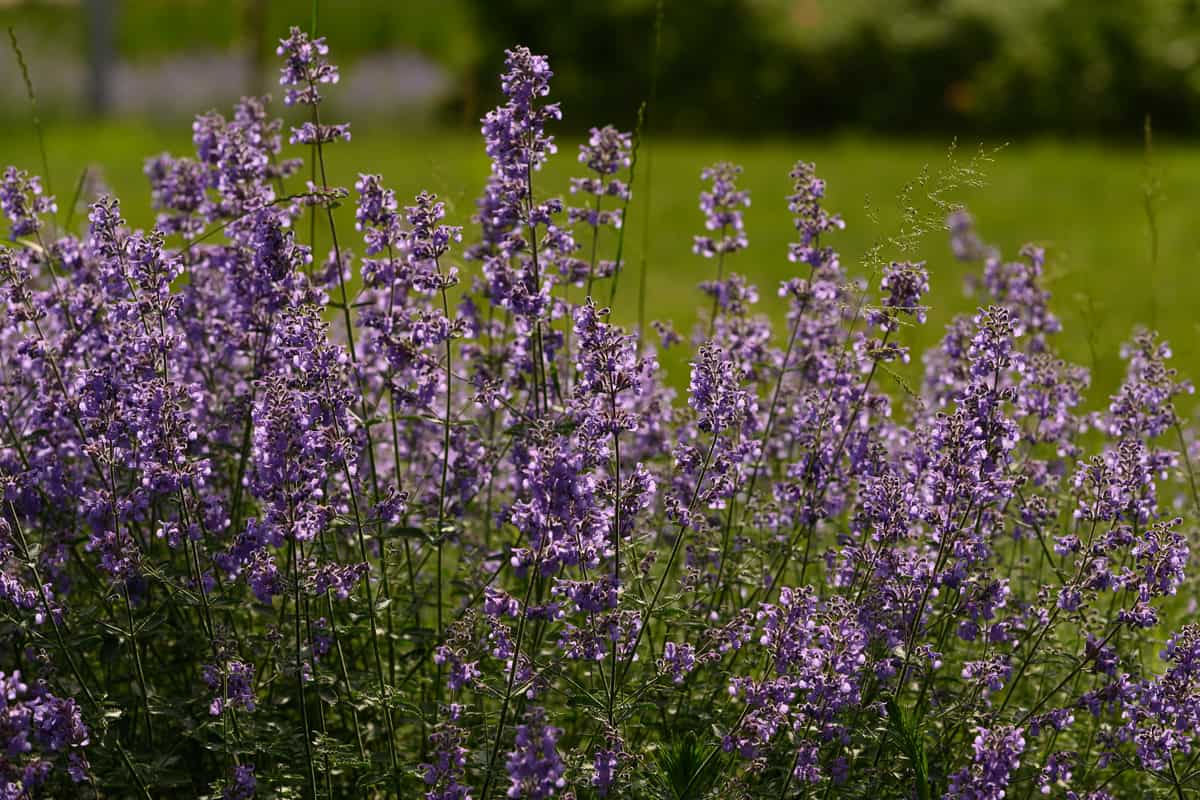
True to its name, catmints are a feline favorite. They can cause a mild euphoria in cats, so depending on your priority, it may or may not be an ideal addition to your landscape.
If you want your cats to specifically nibble on them, they could be just right for you. But if you have a cat and do not want them to ruin your plants, you're better off with another foundation plant.
Catmints are aesthetically pleasing and can also be used for herbal teas. They can aid digestive inflammations and help with colds and coughs, which will be convenient if you are prone to these issues.
3. Hosta
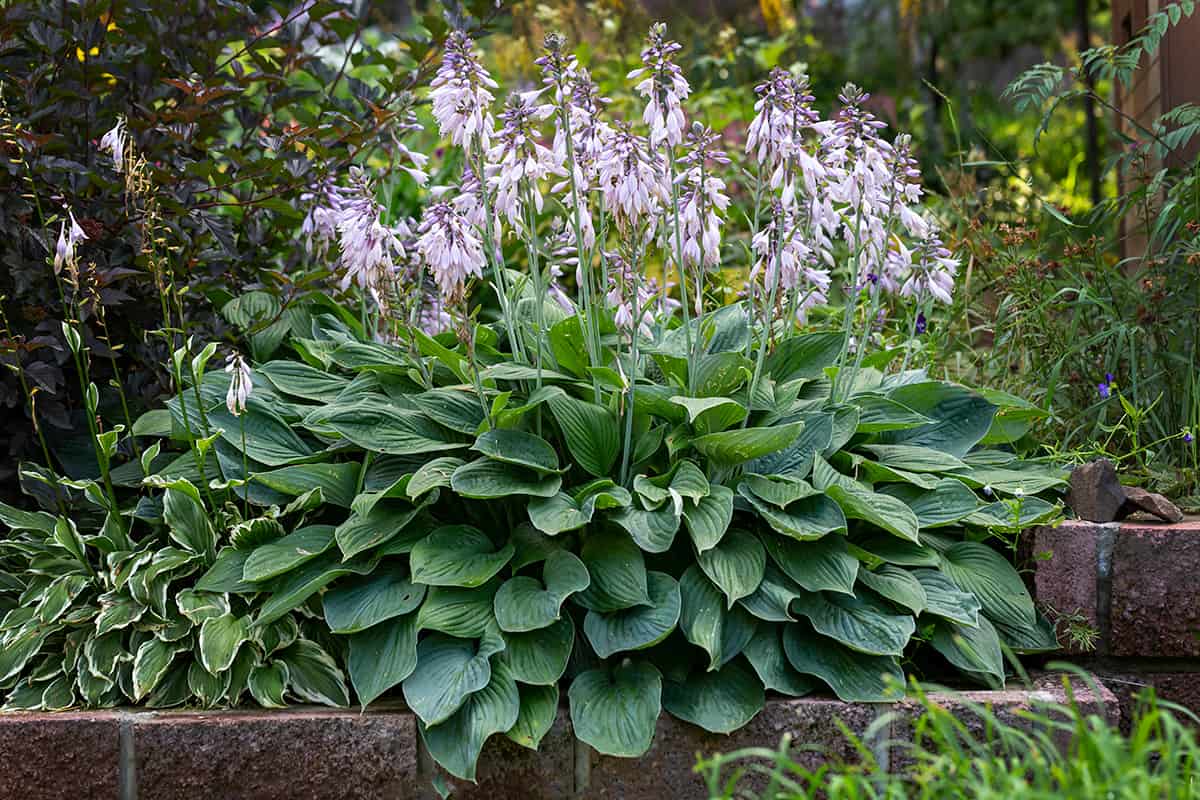
Hosta plants are low-maintenance plants that can upgrade your curb appeal easily by hiding the foundation. They look great in west-facing landscapes, and they have different blooms depending on the species you choose.
For example, hosta patriot has purple flowers, while others have blue-green leaves that can add texture to your landscape.
These plants are drought-tolerant and can handle extreme weather patterns, so they will thrive in USDA Zone 5.
4. Phlox
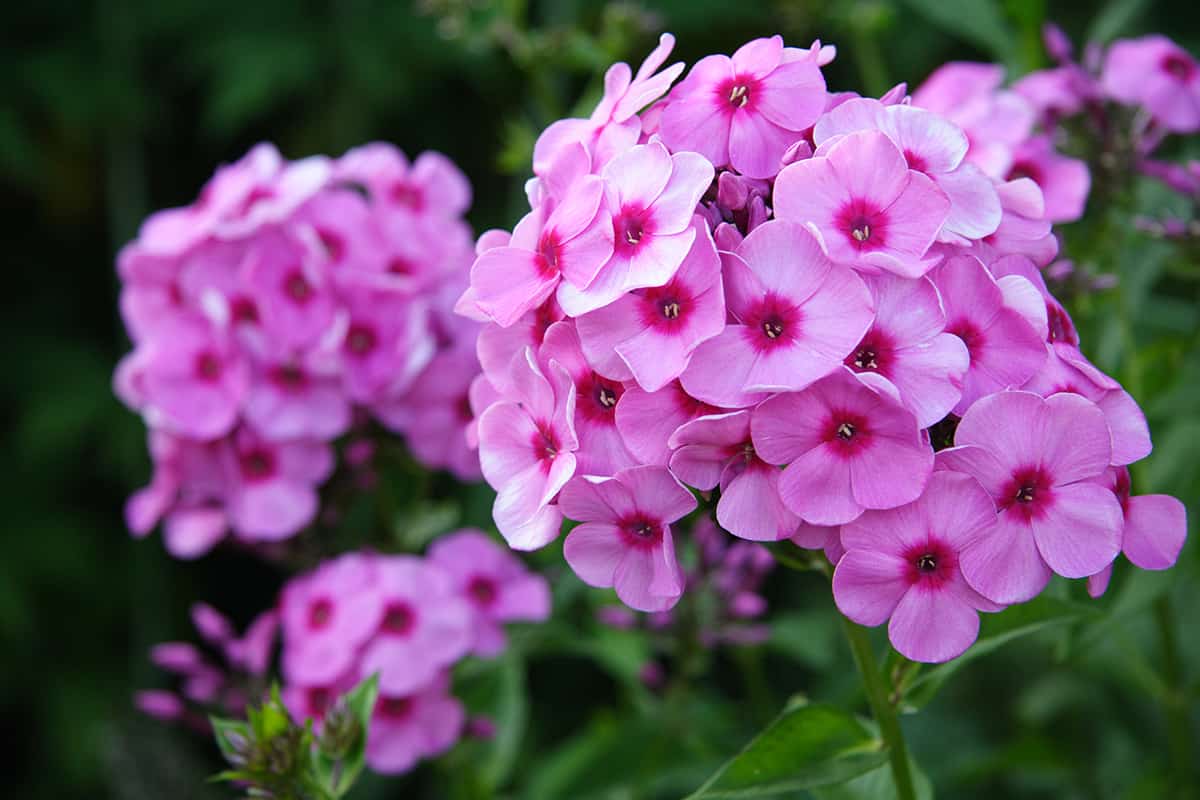
Phlox plants will not only be good for your house's ambiance; they will also improve your landscape's small ecosystem. These plants attract native pollinators such as honey bees, butterflies, and pollinators, helping your garden thrive.
These plants produce bright pink blooms, which can add a splash of color to your landscape, enhancing its appeal. You may also observe that perennial phlox plants produce white blooms, while others can have light, blush pink and purple flowers.
5. Ornamental Onion
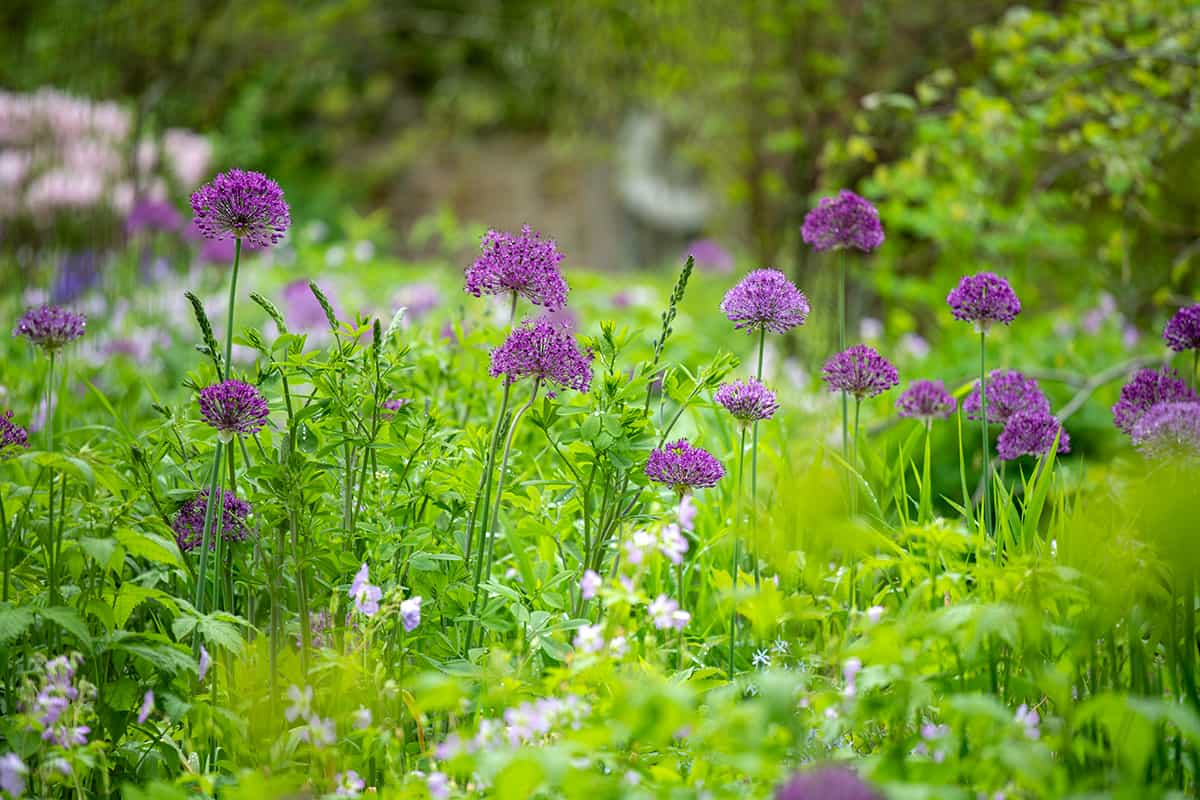
Ornamental onions--or allium flowers--were named because their seedhead has blooms that form a circular shape so that the flower resembles an onion. These plants have narrow leaves, so they blend well with west-facing landscapes.
These plants inject color into the landscape, increasing curb appeal and effectively hiding foundations. However, they are also functional, detering pests such as rats and moles.
If you've observed molds in your landscape, this plant may be beneficial since ornamental onions release a chemical that protects plants from grey mold.
They don't require much maintenance; they only water them in dry seasons. Make sure to plant them on well-drained soil so they won't rot.
6. Juniper
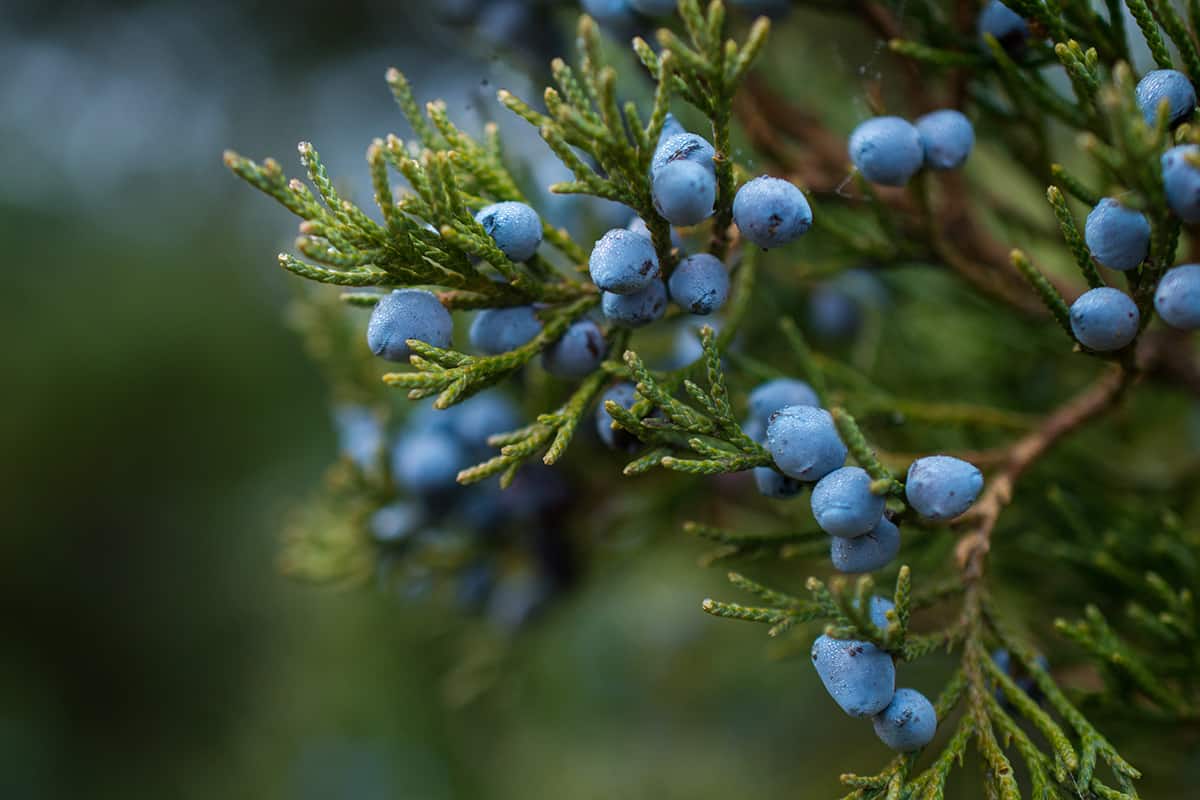
Juniper trees are evergreen plants that can upgrade your landscape because they retain their color all year round. They have a woody scent that can make your garden more relaxing to stay in.
Junipers produce berries that can have many benefits. The berries contain vitamin C, which can strengthen your immune system, and they have essential oils that have antioxidant benefits.
This makes Junipers an ideal plant in your landscape: they have year-round appeal and produce edible berries that you can munch on.
Check out this post for a related topic: "What Ground Cover For Shade Under Rhododendrons?"
7. Tulips
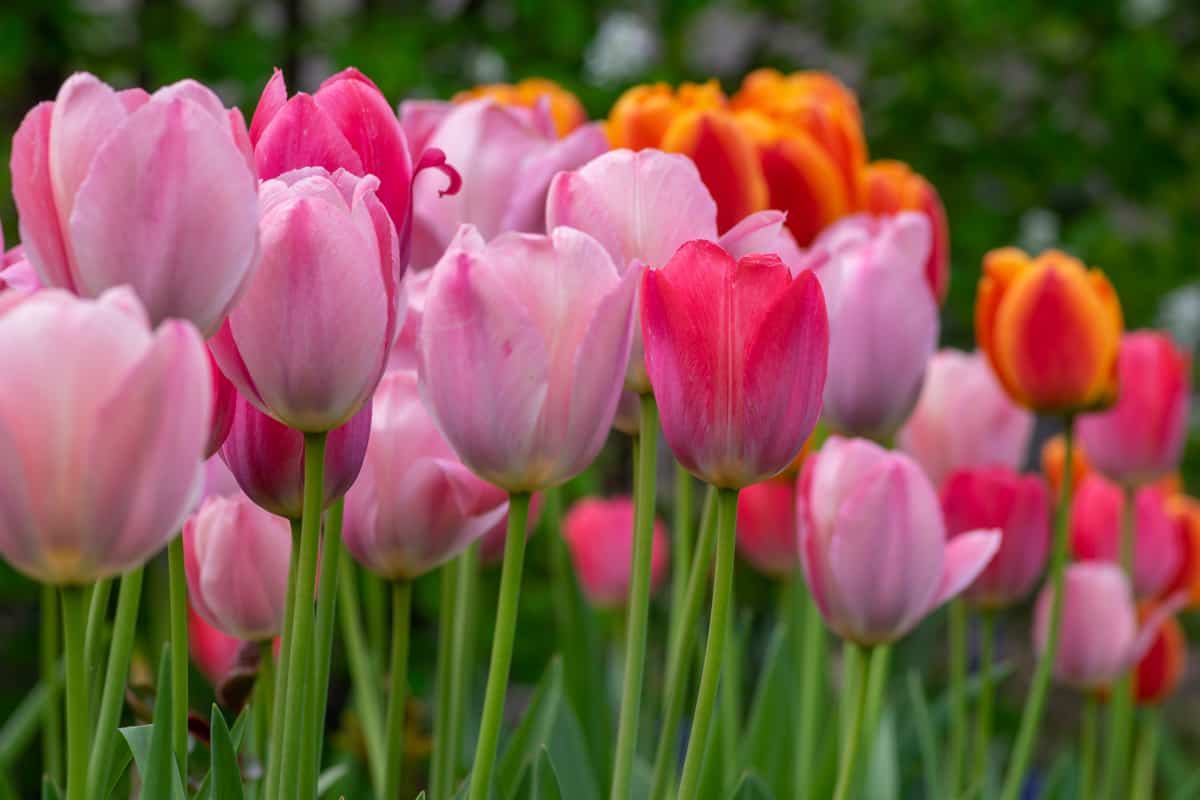
Tulip bulbs are popular for their aesthetic appeal and colorful blooms, so it's a no-brainer that some people would prefer planting them near their house's foundation to improve curb appeal.
They can be a bit pricey, but they have a lot of benefits to make it potentially worth the cost.
They have a lot of medicinal benefits, such as aiding respiratory issues, headaches, and hay fever, as well as antiseptic properties. They are compatible with a wide range of soil types if you take care of them properly.
They are hardy in USDA Zone 5, so they will have an easier time thriving in your landscape.
8. Smooth Hydrangea
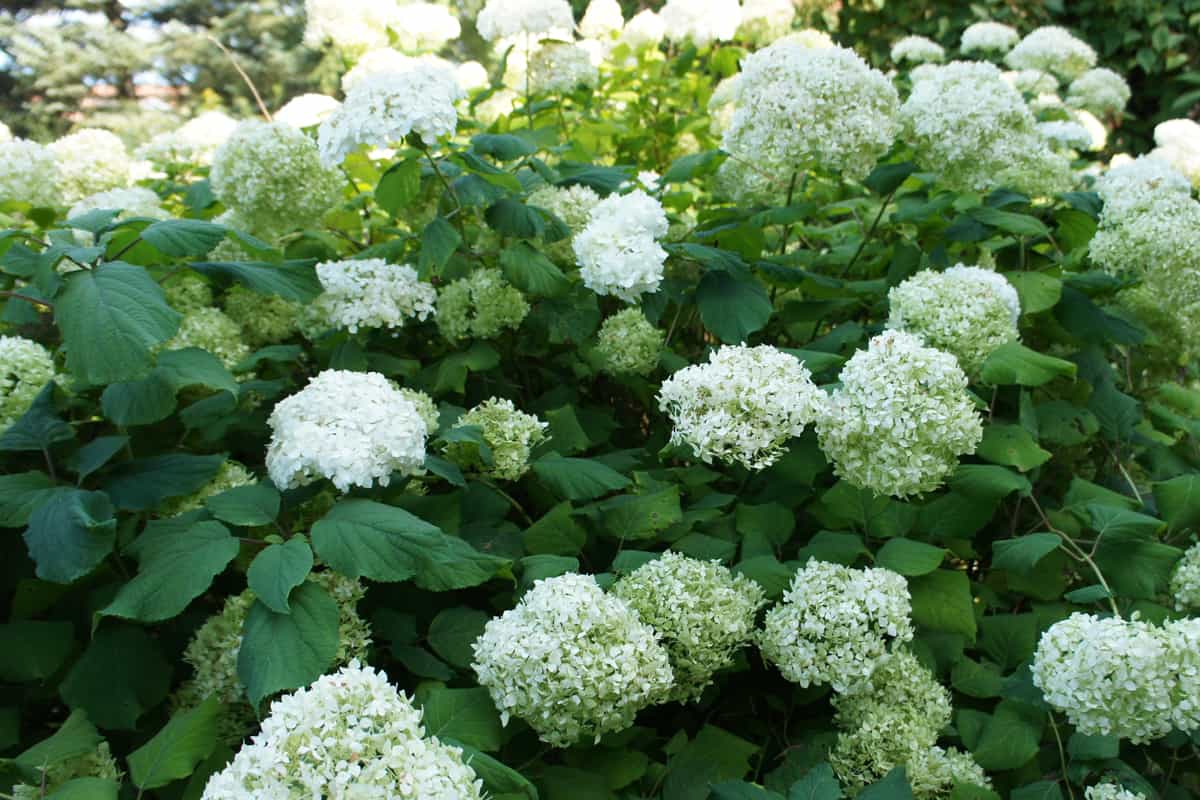
Smooth hydrangeas have thin, oval-shaped leaves that grow loose white flower clusters, adding to their bushy appeal. This aesthetic appeal makes it perfect for west-facing foundation houses, and they improve the look of your landscape, adding depth and texture, especially when used as hedges.
Hydrangea plants can also treat digestive issues and aid external burns and wounds, so this is ideal if you tend to have health issues and external scrapes.
9. True Geranium

Geraniums are low-maintenance and hardy, especially in USDA Zone 5, so you get a beautiful flowering plant that doesn't require too much attention. They grow colorful blooms in shades of purple, white, pink, and blue, which can elevate your landscape's look.
Geraniums are ideal for west-facing landscapes since they tolerate different shade conditions. They, of course, will still thrive and flower under full sunlight, but they will survive in partially-shaded conditions.
Geraniums will usually grow in various soil conditions, but don't let the soil get too neglected, or the plant can wilt and die.
10. Switchgrass
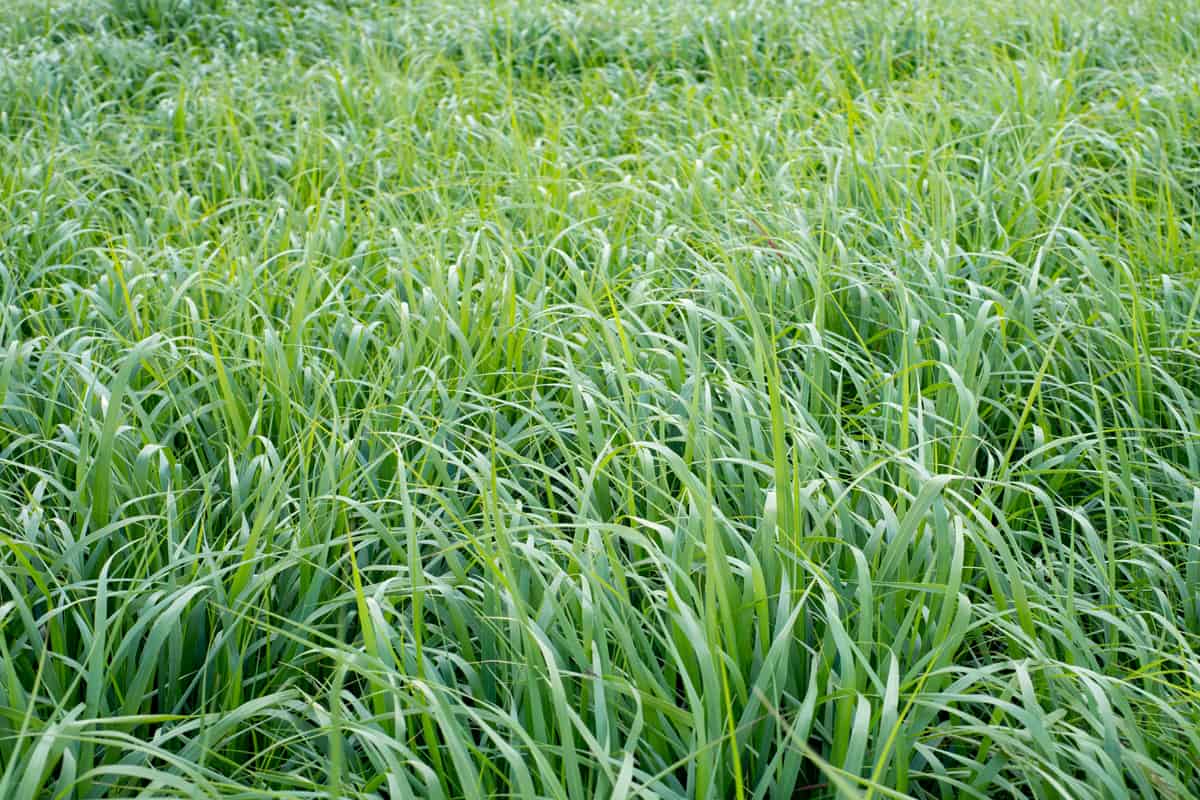
Switchgrass is advantageous for west-facing foundations since they have tall blades that can cover your house's foundations. Their blades have a medium green color that turns golden brown depending on the soil and the amount of sun it is exposed to.
They are typically used in farms and prairies, but they can also be used in suburban landscapes to create a more textured look. They provide year-round appeal by turning yellow or red during the fall, effortlessly making your house look effortlessly season-themed.
11. False Cypress
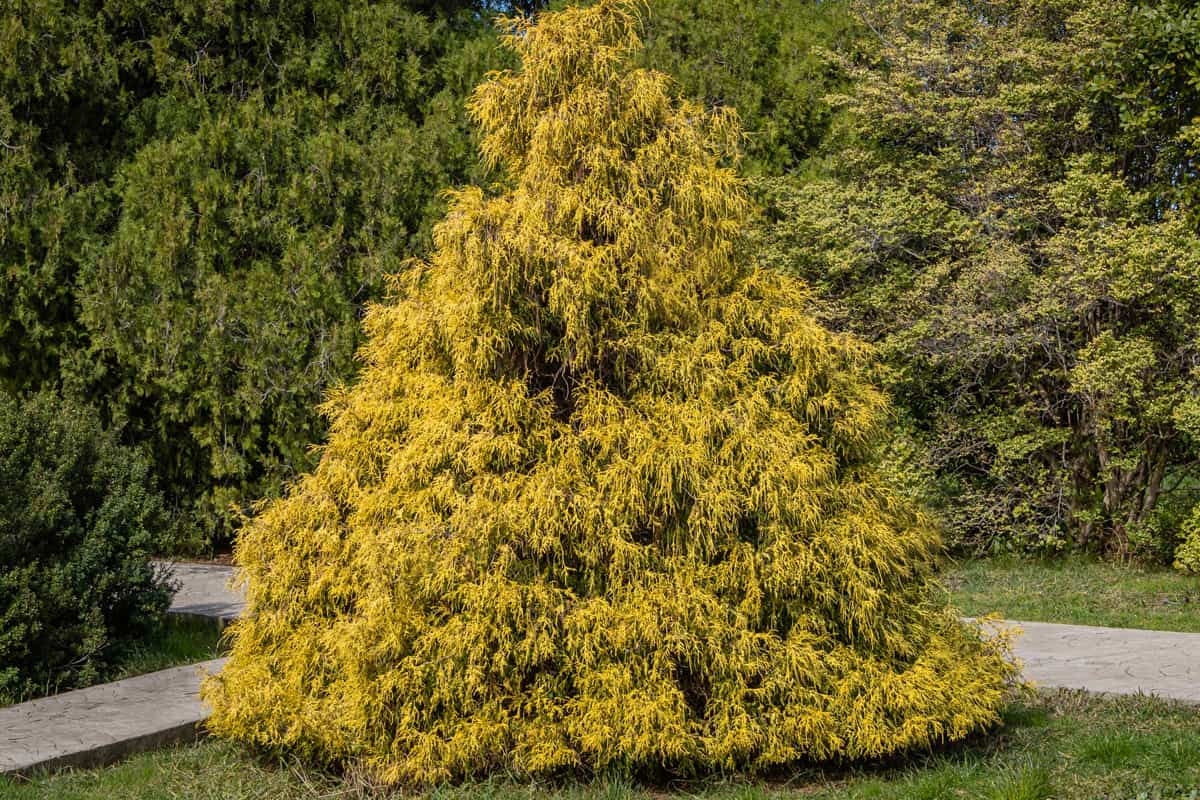
False Cypress plants are typically low-maintenance, although you'll need to trim parts that can suffer winter burns.
Occasionally trimming and pruning are necessary to maintain its form and aesthetic value. They usually thrive under full sunlight, so placing them in west-facing landscapes can be beneficial when they bask in the mild afternoon sun.
Make sure to deeply water them when they are still developing so they can be hardy when they've matured. plant them on well-drained and fertile soil to keep it thriving.
Final Thoughts
USDA Zone 5 usually has a temperate climate depicted by mild summers and cold winters, so it's relatively easier to grow plants and shrubs in these areas. You'll only need to choose plants that will fully benefit your lifestyle and add value to your landscape.

![man replanting herb with yellow flowers for use in landscaping. 15 Perennials That Absorb Water [Incredible Choices For Foundation Landscaping]](https://landscapingbase.com/wp-content/uploads/2022/09/man-replanting-herb-with-yellow-flowers.-15-Perennials-That-Absorb-Water-600x400.png)
![Big custom made luxury house with nicely trimmed and landscaped front yard, South Facing Front Yard Landscaping Ideas [17 Ideas To Increase Your Curb Appeal]](https://landscapingbase.com/wp-content/uploads/2022/09/BIGCUS1-600x400.jpg)
